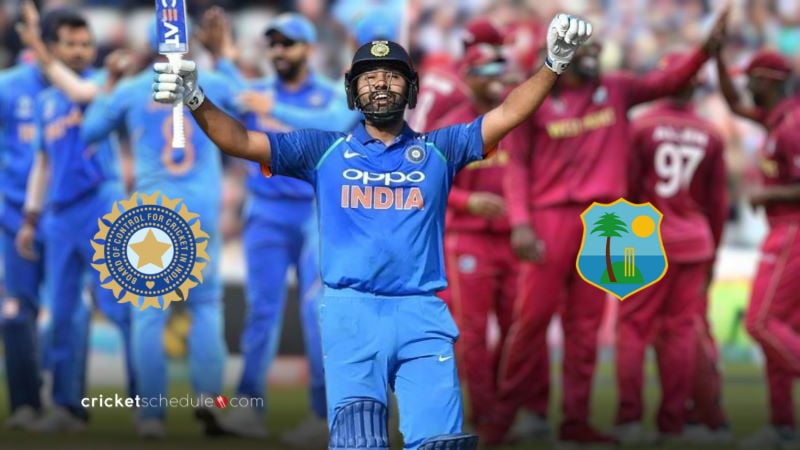
Pakistan captain Babar Azam has created another cricket history by becoming only the third player to surpass 4,000 runs in all three formats of international cricket. He achieved the milestone during the opening day of the first Test between Pakistan and South Africa at Centurion.
4️⃣0️⃣0️⃣0️⃣ Test runs ✅@babarazam258 is only the third player to score over 4,000 runs in all three formats of the game! 🤩👏#SAvPAK pic.twitter.com/QNu4jY27E8
— Pakistan Cricket (@TheRealPCB) December 26, 2024
Babar, returning to the Test squad after being dropped during the England series, had a bittersweet comeback. While he reached the historic feat, his individual contribution to Pakistan’s innings was underwhelming. He edged a delivery to Aiden Markram at second slip, departing for just 4 runs.
ALSO READ
This milestone places Babar alongside Indian cricket icons Virat Kohli and Rohit Sharma, who are the only other players to have achieved this elusive record.
Babar Azam’s career statistics highlight his remarkable consistency across all formats of the game. In Test cricket, he has accumulated 4,001 runs in 56 matches at an average of 43.49, featuring nine centuries and 26 fifties. In One-Day Internationals (ODIs), he has an impressive record of 5,957 runs in 123 matches, boasting an average of 56.73, with 19 centuries and 34 fifties to his name. In T20 Internationals (T20Is), Babar has scored 4,223 runs in 128 matches at an average of 39.84, including three centuries and 36 fifties. These numbers firmly establish him as one of the most consistent performers in international cricket.
Pakistan’s innings stumbled early, with wickets falling in quick succession. Babar’s dismissal deepened their troubles as the team found themselves reeling at 56/4. Saud Shakeel, attempting an aggressive approach, gloved a delivery to wicketkeeper Kyle Verreynne, departing for 14 off just six balls.
Kamran Ghulam and Mohammad Rizwan stepped up to stabilize the innings. The pair formed a vital partnership, gradually rebuilding the team’s position.
Ghulam took on the mantle of aggressive scoring, maintaining a strike rate above 100 for much of his innings. Rizwan, in contrast, played cautiously, selecting his shots wisely to ensure momentum wasn’t lost. Their contrasting approaches allowed Pakistan to regain a foothold in the game after the early collapse.









